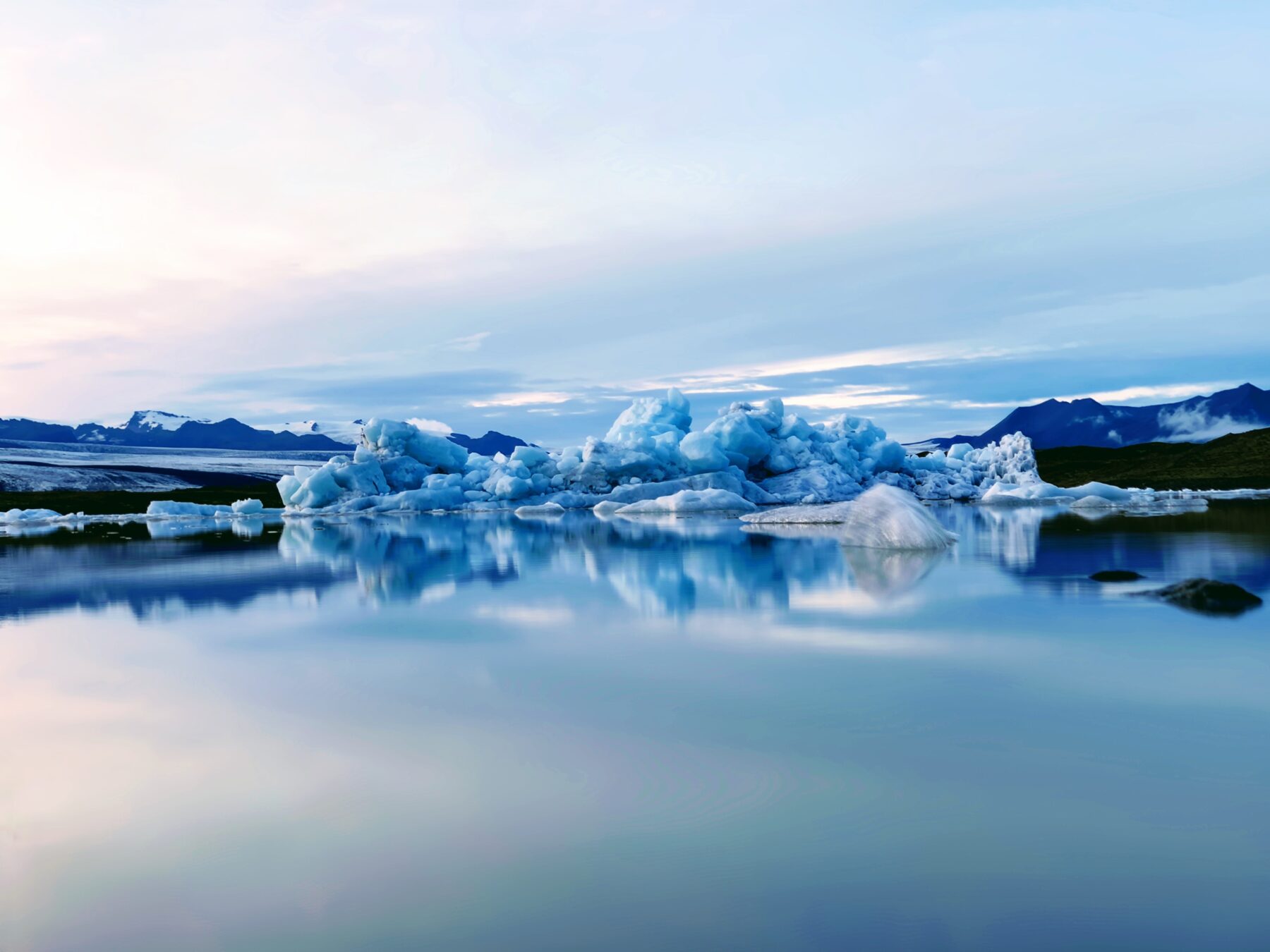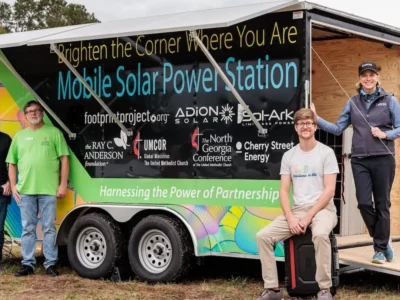A recent study published in Nature Communications has taken a look at the rapidly growing number and size of glacial lakes, formed by melting glaciers, and their threat to communities around the globe. They found that glacial lake outburst floods, or GLOFs, could pose a major threat to 15 million people globally, with more than half of that number residing in just four countries: India, Pakistan, Peru, and China.
It’s hard to read an article about any kind of predicted major flood catastrophe as a Christian and not think of Noah. When Noah, our harbinger of an ancient, catastrophic natural disaster, learned of the coming flood, he reacted in two ways: he alerted his family and he began to work on the solution God inspired within him.
Why Glacial Lakes Are a Threat to Humans
According to the study mentioned above, global glacier mass has decreased significantly over the last three decades, resulting in a significant increase in the accumulation of melt water in glacial beds, forming glacial lakes. The number, area, and volume of glacial lakes globally has grown rapidly, increasing by 53%, 51%, and 48% respectively since 1990. At the same time, population growth has surged in regions downstream from these lakes.
The reason these lakes pose such a threat is complex and depends on the geographic conditions, concentration of lakes, and population density in proximity to the glacial basin. If the area is subject to frequent avalanches, landslides, or earthquakes, the region surrounding these new lakes might be more vulnerable to flooding. The rock material that forms the basin also contributes to potential flooding conditions and the stability of whatever natural dam is in place.
It isn’t that all glacial lakes pose a threat for flooding; there are some places around the world where there are lots of lakes but not a lot of people, or none at all. Of course in these places, there is far less concern about flooding. But for those countries where the risk of GLOFs is high, the threat to life is alarming. These floods could happen with little to no warning, devastating power grids, agriculture, and human lives.
What Would Noah Do?
The story of Noah and the flood is not unique to the Judeo-Christian tradition. Ancient literature is flooded (ah ahahaha see what I did there?) with flood stories like the one found in the Bible. There are Mesopotamian flood stories, Native American flood stories, Hindu flood stories, Greek mythology flood stories, and more. These tales reckon with the origins of humanity, God’s or gods’ involvement, and the presence of unfathomable natural disasters, seeking answers for what feels like senseless tragedy.
The message of Noah (and other flood accounts) is that when someone says a flood is coming, we need to act now, no matter who or what is the cause. People and animals are worth rescuing. Revelation tells us there is a God seeking the rescue and restoration of all of creation. If we are to be “little Christs,” like C.S. Lewis says, being transformed into Jesus’ image, and if it seems to be written in Scripture that God’s heart is for the restoration of creation, then it’s time to take the modern-day harbingers seriously. A flood is coming; what can we do to serve, protect, and preserve the lives of fellow brothers and sisters around the globe?
How Scientists Are Addressing the Threat of Glacial Lake Outburst Floods
The modern approach to the threat of natural disasters is similar to the pattern found in Genesis 6-8. Those “in the know” are devising early warning alert systems to help communities in threatened zones know to move to safer spots once a glacial lake breach occurs. Governments in Bhutan, Pakistan, and Nepal have established early warning systems and improved community disaster readiness.
There are also efforts to minimize the chances of floods in the first place. Some governments are devising strategies to reduce the level of water in glacial lakes to prevent breaching, but it’s expensive.
Alton Byers, the director of science and exploration at the Mountain Institute in Washington, D.C., is a mountain geographer who has launched the High Mountain Glacial Watershed Program to address the needs of remote Himalayan villages who are especially threatened by potential GLOFs.
One solution may be to build on existing natural dams that could prevent the greatest amount of damage to mountain communities downstream from glacial lakes. Proposed by a local partner, the dam scenario in the particular situation of Imja Lake in the Mount Everest area “would actually reduce the risk by 80 percent,” whereas other solutions, like lowering the level of this particular lake by 3 meters, would only reduce the risk of catastrophic flooding by less than 2 percent.
In addition to trying to reduce the chances of floods in the first place, other communities are working hard to enhance their alert systems and build infrastructure that is capable of withstanding potential damaging floods. Pakistan, Green Climate Fund, and UNDP are currently partnering to “scale up their warning systems, install protective infrastructure, repair and rehabilitate irrigation channels, and stabilize slopes using bio-engineering techniques.”
Byers seems to stress the importance of working with local populations to find solutions that will work best for the community. The recent study reinforces this idea as well. Glacial lake conditions in the Himalayas differ significantly from those in the Andes, with different people, different moraine structure, different rock and soil composition, and different population densities potentially affected by GLOFs. Each community needs to be equipped with knowledge about their particular environmental threats so that they can devise alert systems and efforts to mitigate potential damage and loss of life.
At the same time, many of the regions around the world that are affected by GLOFs lack the funding, resources, and infrastructure to secure water supplies, protect livelihoods, and prevent disasters. We have a responsibility to our fellow Earth dwellers to help them live free and abundant lives, to not stand by as the floods rise. Our support begins by listening to the Noahs and then seeking the Lord’s guidance on what kind of a “boat” to build. As followers of God, what skills and resources are we able to offer to help those who are threatened? It will take a whole globe of people, but when we work together as the body of Christ, we move as one for the restoration and salvation of the world.





 Copyright
2024
Root and Vine
Copyright
2024
Root and Vine